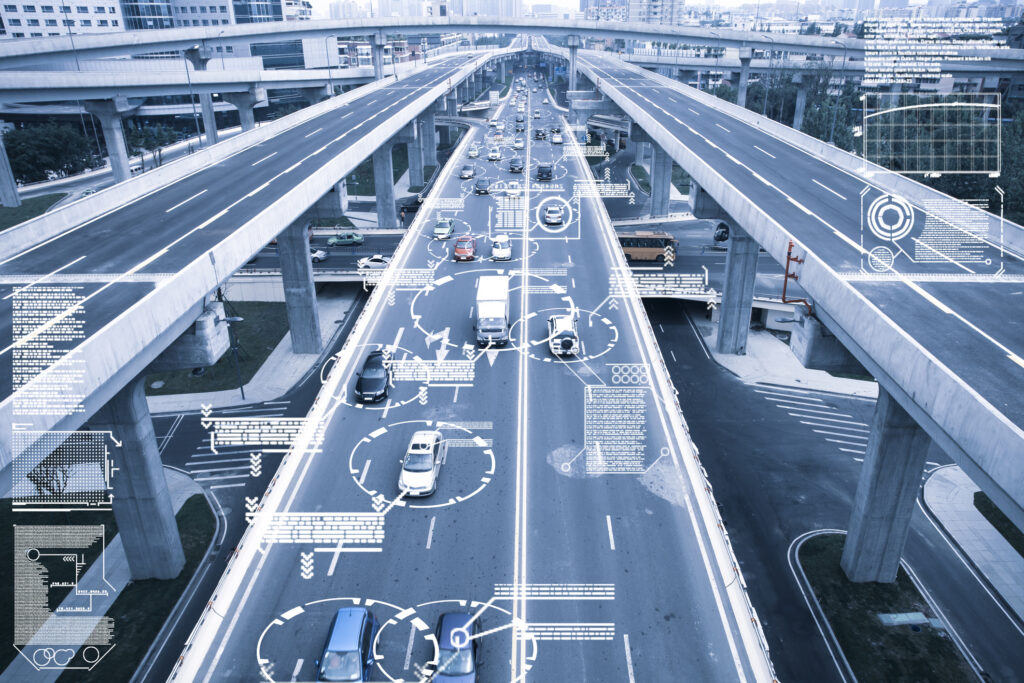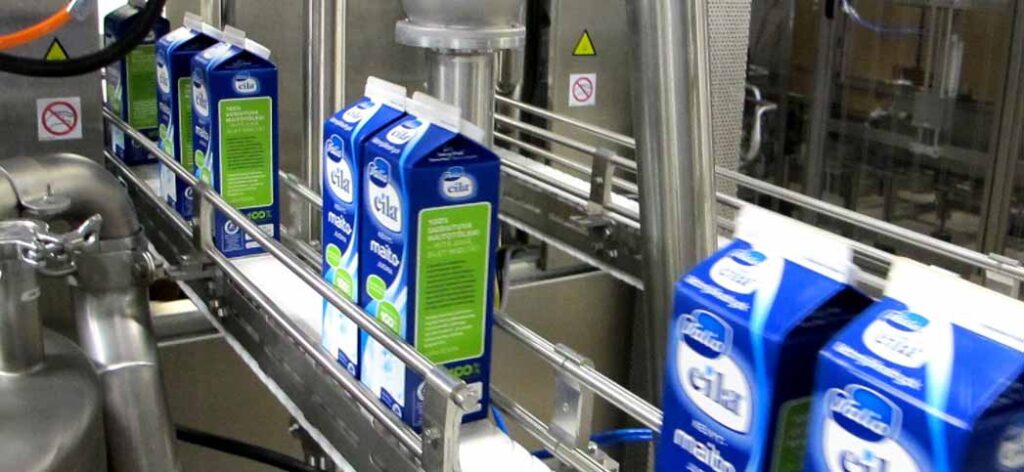The Five Crucial Trends that will dominate Simulation and Test in 2021

A year is a long time in engineering simulation and test game. At this time every year, I like to use the agenda of the Simcenter Conferences (which this year is part of Realize Live) to judge the state of the simulation market, and the extent to which the things that we were talking about as being on the “bleeding edge” at previous conferences have become part of the mainstream engineering industrial usage.
In this blog, I am going to explore five crucial industry trends that are represented in the Realize Live Agenda, and that you simply can’t afford to miss.
1. Electrification
One of our competitors implores the simulation community to hug their engine (please don’t try this while wearing a clean shirt). I actually agree with them that the Internal Combustion Engine still has a future in the low-carbon economies of the future. However, I am staggered at the amount of engineering effort that is being dedicated to replacing engines with electric motors (and batteries).
Volvo Cars will talk about the Thermal Modelling of Electric Machines, Hyundai will explore Frontloading Hybrid Vehicles Controls Development with Multi-level Simulation and InDesA will explain how they are constructing a Digital Twin of an E-Motor for Thermal and Electromagnetic Analysis. We all also hear presentations from electric vehicle manufactures Applus IDIADA and NEVS.
And not just in the automotive industry; at Realize Live we will hear a presentation from Hyster-Yale about the Electrification of a 52-ton Laden Container Handler “using a hybrid system that utilizes both lithium-ion batteries and fuel-cell engines”.

2. Autonomous Driving
As pedestrians, each of us has developed an innate ability to avoid colliding with other people as we walk along crowded streets. Sometimes, our own collision avoidance strategies exactly mirror those of an oncoming pedestrian, and we both get caught in that uncomfortable repeated “both sidestepping in the same direction” pattern, which usually results in an embarrassing near miss, or sometimes a full-on collision.
I mention this because at Realize Live this year we will be the first to see a cooperative collision avoidance demonstration between multiple-full sized automated vehicles, in a Simcenter virtual proving ground that includes five cars and a stationary obstacle from Appus IDIADA: Using Simcenter in 5-ECU HiL System for V2V-coordinated Cooperative Collision Avoidance.

3. Digital Twins of processes and not just “things”
Everyone is talking about digital twins, but we need to spend more time thinking about digital twins of manufacturing processes, and not just about twins of the actual products themselves. I’ve been involved in the simulation game for a long time, but easily the most impressive simulations that I’ve ever seen come from Tetra Pak, the company that more or less invented drinks cartons (although they do much more than that these days). Tetra Pak routinely simulates complete production processes that include the cartons, their liquid contents and the production machinery used in the filling and packaging process.
I can therefore highly recommend the presentation Assessing Quality and Performance of Packaging Design Using Simcenter, who say “our models combine advanced simulations strategies to describe complex rheology, strongly coupled fluid-structure interactions or particle flows” in their abstract.

4. Towards a Low Carbon Future
We’ve already talked about the huge effort that is being made to replace carbon-belching engines with low-emission electric machines. However, Greta’s influence is being felt much deeper than that, as there is an “energy conservation” and “emission reduction” subtext to almost all of the presentations on the agenda.
One specific example is Improving Wind Turbines with Digital Twins a presentation from DTU which will explore how they have constructed a digital twin that follows the current state and predicts the future state of individual turbine blades individually during over their entire life cycle based on automated condition monitoring, multiscale modelling and virtual testing.
Another relates to the aviation industry which is recognized as the most rapidly growing source of CO2. Aviation emissions are increasing by around 5% a year and the EU’s Flightpath 2050 programme calls for a 75% reduction in carbon emissions and NOx per passenger kilometre by 2050. Assessing Novel Propulsion Concepts with Simcenter will explain the on-going work in Cranfield University for assessing hybrid-electric propulsion systems performance and operation for different applications using Simcenter.
I’m not being flippant with the Greta Thunberg references either, I honestly think that she has changed the moral landscape on personal responsibility for the climate crisis I’ve recently got rid of my 3.8L V6 and am saving up for an electric car, and helped to set up a community energy scheme.

5. Where Today Meets Tomorrow
The sections above are mainly related to “industry themes and applications”. However, it would be foolish not to note that engineering itself is evolving at a rapid pace. One exciting development is in the use of machine learning and artificial intelligence in the design of products.
Toyota will be explaining how they designed a Self Switchable Hydromount with Machine Learning to represent the non-linear nature of the spring, which varies with both amplitude and frequency of oscillation.
We will also hear how Renault is using a Neural Network Exhaust Gas Recirculation Rate Estimator to optimize fuel consumption and emissions. The problem is that there is no EGR rate sensor, and so in order to control it, we need to estimate it, in this case using a Simcenter neural network approach.
Finally, I’d like to draw your attention to this presentation on The Power of Collective Intelligence and the Courage to Change which examines the very process of engineering and collaboration and suggest improvements that will maximise engineering innovation



